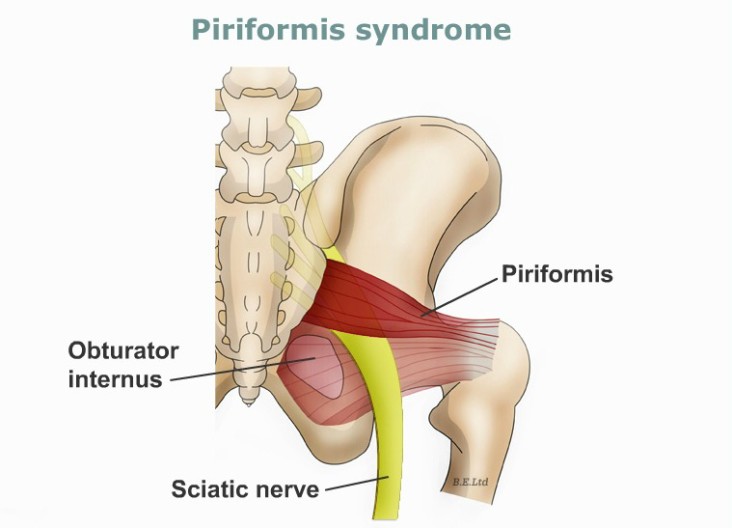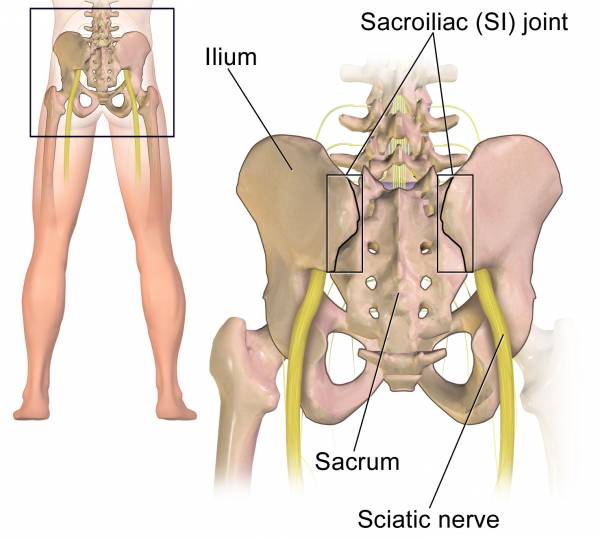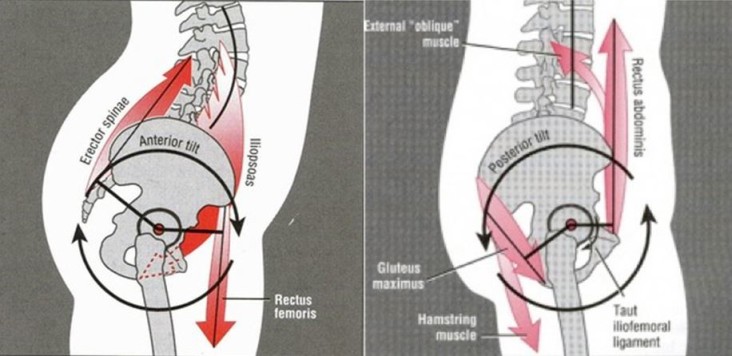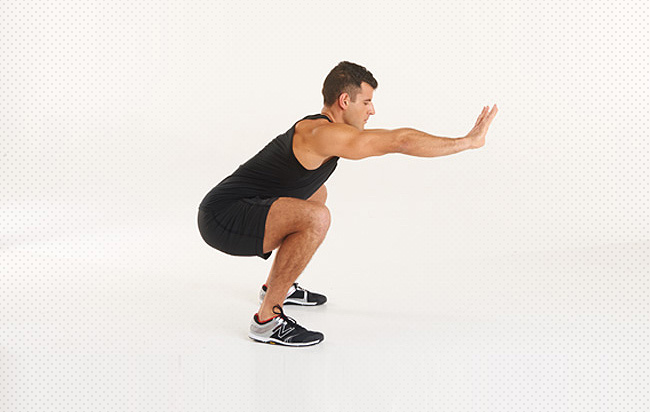What do you mean my shoulder is frozen?

Adhesive capsulitis, often referred to as ‘Frozen Shoulder’, is a condition in which the capsule surrounding the shoulder joint becomes inflamed and movement is significantly reduced. The key sign in frozen shoulder is that both active and passive ranges of motion are equally limited.

Unfortunately, right now, researches aren’t entirely sure why this condition occurs in people. It is understood to be a self-limited condition, with most people recovering within a 2- to 3-year period. However, some studies have shown that there can be residual effects up to 10 years later in 20-50% of people afflicted. It has been found to be more prevalent in middle aged adults. Increased prevalence has also been found in people with diabetes, thyroid conditions, previous shoulder injuries and those who have had previous surgical procedures.
Frozen shoulder is typically broken down into 3 phases:

PHASE I – FREEZING/PAINFUL
This phase typically last 3-9 months and is described as an acute synovitis (aka inflammation of the capsule) of the shoulder joint. The condition is often missed at this point because people think that it is just a typical shoulder concern that they can handle themselves. It’s not until the reduction in range of motion and pain continues to progress do they tend to seek care. This phase tends to be the most painful and can be quite debilitating. If caught at this phase, literature suggests that intra-articular steroid injections plus manual and active therapy are most helpful in reducing pain and limiting the amount of range of motion lost. In this phase, it is best to stay within a relatively pain-free range of motion so as not to increase the inflammation in the joint; this is not to say range of motion exercises are not necessary but avoiding significantly aggravating movements is an important aspect of this phase of treatment.

PHASE II – FROZEN
This phase may last between 4 and 12 months. External rotation tends to be the most limited range of motion in this phase; flexion and internal rotation tend to be the next few ranges that are limited due to adhesive capsulitis. In the frozen stage, there isn’t necessarily a worsening of symptoms but the range of motion stays limited and eventually the patient will be pain-free at the end of their range. In this phase, evidence recommends more aggressive manual therapies, joint mobilizations and other modalities (e.g. acupuncture, TENS) to improve range of motion and decrease pain.

PHASE III – THAWING
This phase can last anywhere from 12 to 42 months. This is the phase where the patient’s range of motion starts to return back to normal. Literature suggests some people will have some residual stiffness and limitations 5-10 years after diagnosis of the condition.

Conservative care is the first line of treatment. Should symptoms persist and no changes made over the course of 6 months to 1 year, other more aggressive interventions might be considered by your medical doctor. Some examples are manipulation under anesthesia and/or surgical release of the capsule. This form of intervention is rare as most cases resolve on their own and resolve quicker with conservative therapies.

Author: Dr. Allie Dennis
Resource:
Manske RC, Prohaska D. Diagnosis and management of adhesive capsulitis. Current Reviews in Musculoskeletal Medicine. 2008;1(3-4):180-189. doi:10.1007/s12178-008-9031-6.
Burbank K, Stevenson J, Czarnecki G, Dorfman J. Chronic Shoulder Pain: Part II. Treatment. Am Fam Physician. 2008;77(4):493-497.
DynaMed [Internet]. Ipswich (MA): EBSCO Information Services. 1995 – .Record No. 113935, Adhesive capsulitis of shoulder; [updated 2015 Mar 27; cited 2015 Jun 16]. Available from http://web.a.ebscohost.com/dynamed/detail?vid=3&sid=9807b87f-2e5c-4a75-9521-c3a82edf9a28%40sessionmgr4001&hid=4209&bdata=JnNpdGU9ZHluYW1lZC1saXZlJnNjb3BlPXNpdGU%3d#db=dme&AN=113935. Registration and login required.






















